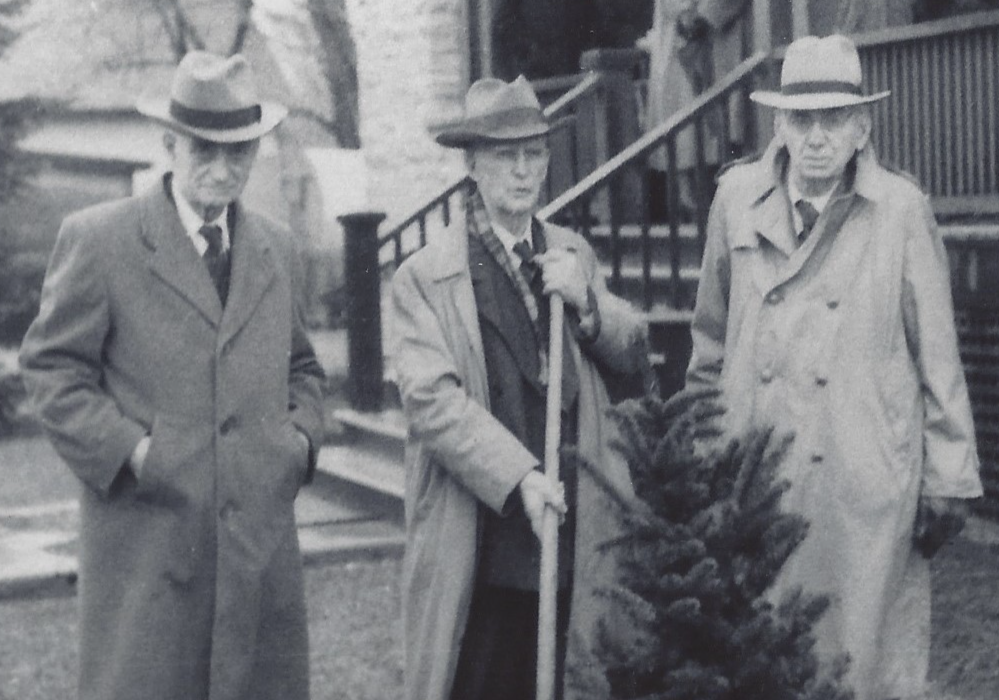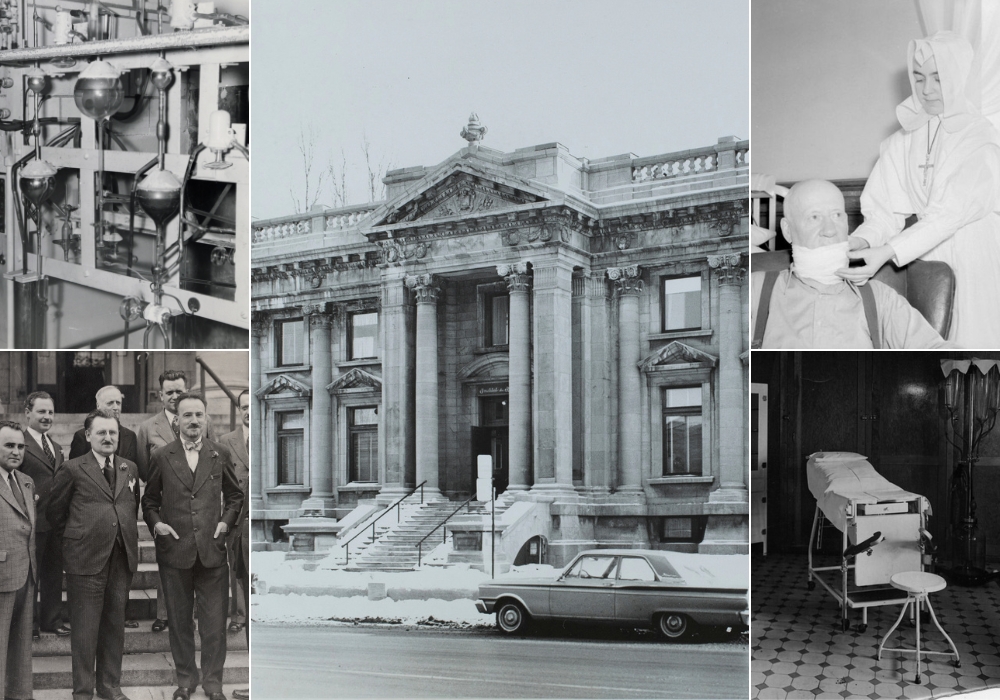
The natives of the Similkameen Valley, who travelled in and through what is now known as British Columbia and Washington State, have a history spanning thousands of years. Originally nomadic, they moved by foot, horse and canoe according to seasons and food availability. Skilled hunters and fishers, they camped along waterways such as the Similkameen and Ashnola in Canada and Palmer Lake in Washington State.
Similkameen medicine men provided healing in sweat lodges. The tribes also held gift-giving potlatch festivals and enjoyed ceremonial dancing for entertainment, wearing clothing made of buckskin, fur and hemp and headdresses made of eagle feathers.
The arrival of the Hudson Bay Company and other newcomers in the late 1800s changed their way of life. After missionaries converted many Similkameen to Catholicism, they built their own churches and began trading furs for blankets, rifles and other goods. With the advent of reserves in the late 1800s, they turned to cattle ranching and farming. In later years they attended local schools and established some of their own. But they retained their history through storytelling; their paintings and pictographs are still much in evidence in the area.
Today their history and customs are an integral part of the region, where they maintain many traditional ways of ceremonial dancing, cooking and dressing. Through powwows and workshops, they share their creativity, beliefs and languages with others, delivering the critical message of the importance of Mother Earth to all our lives.
This exhibition celebrates the rich culture that the Similkameen have contributed to their communities.

